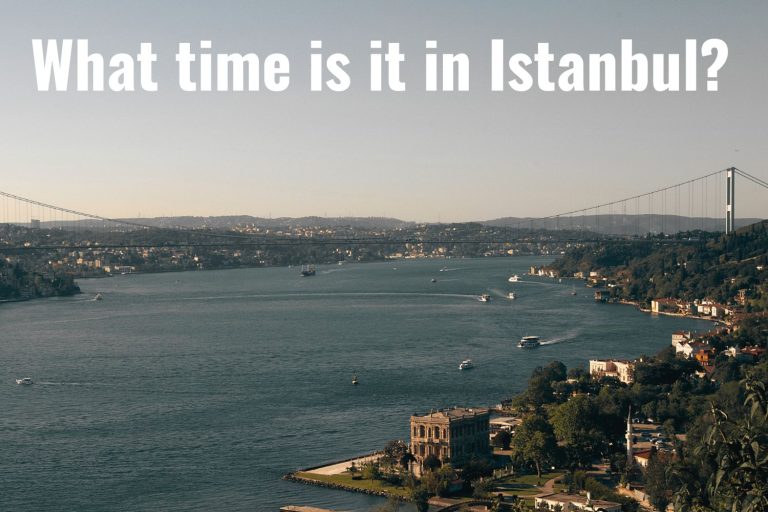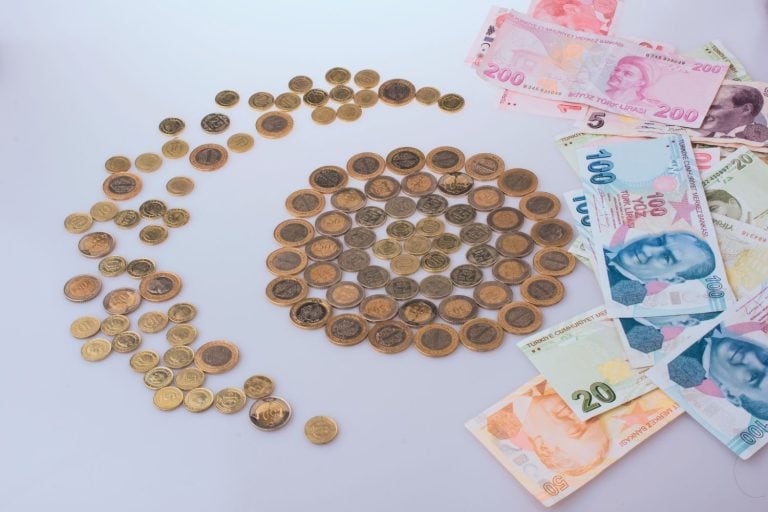The National Animal of Turkey: the Grey Wolf, Inspiring a Nation
The Art of Living in Turkey contains affiliate links and is a member of the Amazon Services LLC Associates Program. If you make a purchase using one of these Amazon links, I may receive compensation at no extra cost to you. See my Disclaimers for more information.
Ever wondered what the national animal of Turkey is? If you are, you’re not alone.
SUMMARY: The Grey Wolf, a prominent symbol in Turkish mythology and culture, is the recognized national animal of Turkey.
Known for its strength and pack behavior, the Grey Wolf, with its significant role in the nation’s history, encapsulates the spirit of Turkey and its people.
In spite of living in Istanbul for a few years, I actually didn’t know the answer to this question when I was asked. I had to do a bit of research myself.
If you’re wondering, then I have the answer for you and more!
In this article, I’m going to share what I learned about the grey wolf, the Republic of Turkey’s national animal.
We will also take a look at other national symbols and the significance of these symbols to Turkey.
Stay tuned to discover Turkey’s national animal in a depth you didn’t think you needed!
The Grey Wolf – Turkey’s National Animal
Whoever claimed dogs are man’s best friend never told the Türks.
While the rest of the world is content with eagles, lions, and dragons, Turks step up the game with a more audacious choice. Enter the Grey Wolf.
Why the Grey Wolf?
Turkey doesn’t follow the crowd when it comes to national symbols. The Grey Wolf isn’t just a national animal; it’s a national statement.
Mustafa Kemal Ataturk, the man responsible for the establishment of Turkey and most beloved by the people, actually gave it this title and it has stuck ever since.
There is also a belief among some Turks that they were descended from the grey wolf. Today it represents Turkish nationalism.
More than Just an Animal
The Grey Wolf doesn’t just imply wildness but implies leadership, intelligence, keen instincts, as well as being known as a fierce guardian.
Grey wolves also live in packs like dogs which speaks to the communal nature of the culture.
Turks see it as more than just an animal; it’s a symbol of courage and power —something they deeply relate to.

In recent decades a nationalistic group in Turkey has begun to adopt this as their symbol.
Of course, this happens everywhere. Symbols are adopted and meanings are changed as time moves on.
The important thing to keep in mind is that as a symbol for the nation, it represents strength and courage and power.
With that, let’s jump into other important symbols of this beautiful country.
Other National Symbols
Symbols wield tremendous significance as they represent the identity, values, and cultural uniqueness of a country as we have already seen.
These symbols extend beyond the Grey Wolf, each with profound meaning and history tied to the nation.
Flag of Turkey
Undoubtedly, the flag of Turkey, otherwise known as “the red flag” or “the red banner”, is one of the most recognized national symbols in the country.
The flag is dominated by a red colored background and features a white star and crescent toward the left of the flag.
Generally speaking, the color red denotes bravery and strength, traits highly revered in this culture.
The crescent moon and a star are considered symbols of Islam and this reflects Turkey’s predominant religion though when it was first used in 1973 the start had 8 points instead of the now 5, changed in 1844.
While it was used as the flag before the establishment of the republic, it was reconfirmed as the official flag in 1936 after the collapse of the Ottoman Empire.
National Flower
Although often associated with the Netherlands, the tulip is strongly tied to Türkiye’s history and is the national flower of Turkey.
I was shocked to learn that tulips actually originated in Turkey and were cultivated in the Ottoman Empire long before they were introduced to Europe.
In this culture, tulips represent paradise on earth, and their significance can be seen in Turkish art, literature, and architecture.
The tulip is seen everywhere throughout Turkey but it is especially known for the beautiful hand-painted tilework.
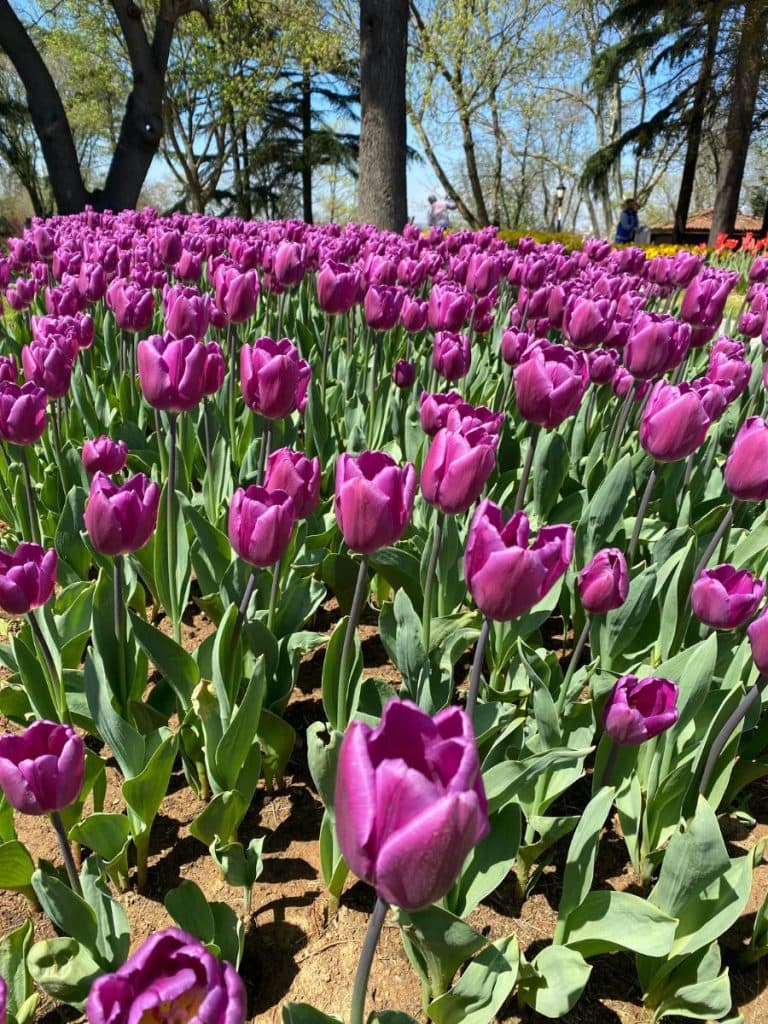
National Sport
Officially the national sport is oil wrestling, yağlı güreş in Turkish.
While not as popular in modern times, it has been practiced for centuries throughout the Balkans and the Ottoman Empire.
The main difference in this wrestling match is that the two who are wrestling, the pehlivan, are covered in oil, making it much more difficult to hold.
A match is won by achieving an effective hold of the loose-fitting leather pants that are worn during the match, kisbet.
This hold typically entails putting one’s arm through the pants.
The Kirkpinar Oil Wrestling Festival holds the Guiness Book of Records title for the longest consecutively held sporting event in the world. In 2010 the festival was also added to UNESCO’s Representative List of the Intangible Cultural Heritage of Humanity.
goturkiye.com
There are annual tournaments held in Edirne. If you’re around, you should definitely check it out!
National Bird
The national bird of Türkiye is the Redwing. It is similar in size to the American Robin.
It has a red patch on the underside of its wing instead of having a red breast and has roughly a 1-foot wingspan.
It is known for its adaptability to different climates since it is warm-blooded, thus it can live in many different environments.
National Anthem
“Istiklâl Marsi” is the national anthem of both the Republic of Turkey and the Turkish Republic of Northern Cyprus.
Interestingly enough, it was actually adopted by the Grand National Assembly more than two years before the establishment of what we know as Türkiye today.
During the Turkish War of Independence, this song was used as a motivational song to keep the soldiers going.
You can find the lyrics here.
National Drink
The national drink ‘Çay’ or Tea, symbolizes Turks’ hospitality and is an integral part of daily life in Turkey.
Tea plays a vital role in local social interactions, be it at home, in the office, or at local tea shops.
It’s offered to guests as a token of hospitality and friendship.
If someone you know offers you tea, I recommend accepting, even if you don’t finish it. In doing so, you will convey honor to your host.
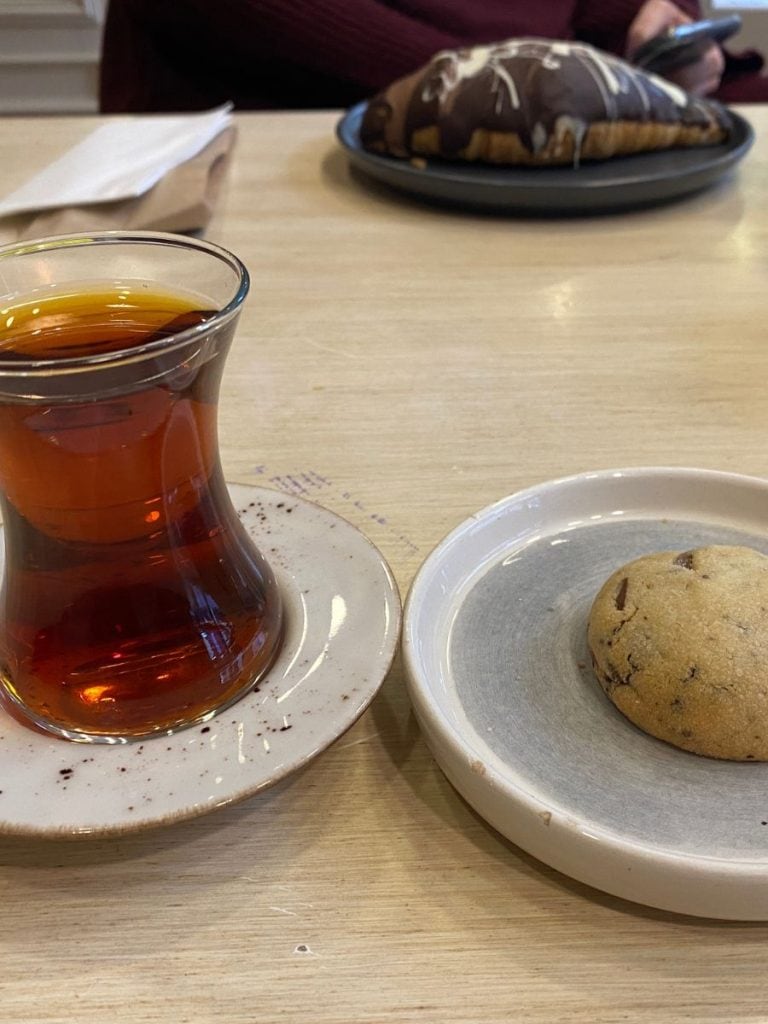
The Significance of Emblems in Turkey
Symbols play a critical role in strengthening the social fabric and promoting national identity in Turkey just like they do in every country.
They instill a sense of pride in the hearts of the Turkish people and stand as visual representations of the country’s rich historical and cultural heritage.
Ingrained in Daily Life
National symbols are deeply ingrained in daily life and serve as enduring reminders of the country’s unity and integrity.
For instance, the national flag is a staple in public and private institutions, from schools to government buildings.
It adorns houses, especially balconies, during national holidays and is a source of immense pride for the Turkish people.
Or consider tea, which is used as a routine part of social interactions and gatherings, enforcing the hospitable nature of Turkish society.
And then of course there is the tulip, the symbol of beauty and grace, that has been firmly engrained in this country’s history.
Promoting Patriotism
These symbols are used to develop patriotic sentiments among Turkish citizens just like the US flag stirs patriotism in Americans.
The Flag of Turkey is often used in schools to teach children about their country’s historical struggle for independence and the victories they experienced.
Symbols like the tulip and Grey Wolf have found their way into Turkish literature and music, reinforcing the emotional connection of citizens with their land.
Celebrating National Festivals
These symbols are particularly prominent in Turkey’s national festivals.
National festivals like Republic Day are celebrated with grandeur, with the national flag fluttering high and widespread across the country.
The grey wolf is often depicted in cultural performances and dances during these festivals, contributing to a sense of communal identity and shared heritage.
The presence and significance of these symbols confirm their role in establishing an understanding of national identity and civic responsibility among Turks.
The symbols serve not only as beautiful visual representations of the country’s deep-rooted traditions but also as pillars of unity and social cohesion.
They are a testament to Turkey’s historical legacy and cultural richness.
Personal Reflections
Having lived and experienced Turkey for the last few years, I have felt the profound importance and respect given to national symbols by the Turkish people.
Each symbol has a story to tell, and each story contributes to the heart and soul of this proud nation.
Whether I have been in Ankara or Antalya or the Black Sea Region or along the West Coast, I have noticed these symbols and the pride that is taken in them.
The Red Flag Everywhere
The Turkish flag is not just a piece of fabric for the Turkish people.
In every corner of the country, from bustling cities to quiet villages, the flag symbolizes the nation’s resilience and spirit.
Seeing this Flag fluttering gracefully in the breeze is a poignant reminder of the struggles and victories Turkey has endured.
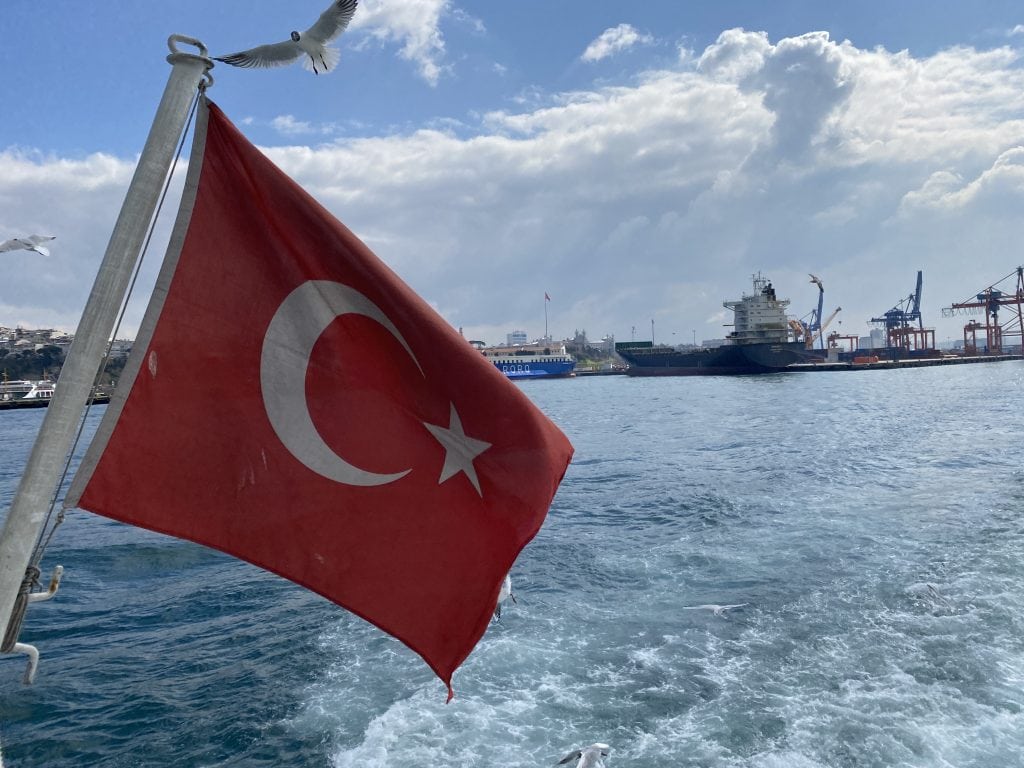
Sipping Çay
Enjoying a glass of tea reminds me of Turkish hospitality and friendship.
Seemingly quite simple, the act of drinking tea encompasses so much more than gratifying the palate.
It’s a ritual, an invitation to sit and connect with people on a human level.
Serving tea for an unexpected guest at my apartment not only breaks the ice but also bonds us with an unspoken connection where words can fail.
In Turkey, national symbols are not just symbols; they are stories, traditions, and representations of the country’s soul.
Experiencing them firsthand is a privilege and an unforgettable part of my journey in Turkey.
Frequently Asked Questions
What is the national animal of Turkey?
The national animal of Turkey is the Grey Wolf. This animal is regarded highly due to its symbolic representation of strength, power, and resilience – traits esteemed by the Turkish people.
Why is the Grey Wolf the national animal of Turkey?
The Grey Wolf is seen as a symbol of strength, survival, and freedom. These attributes resonate with the spirit of the Turkish people, thereby leading to its designation as the national animal of Turkey.
Besides the Grey Wolf, what other national symbols does Turkey have?
Other significant national symbols of Turkey include the Red Flag with a star and crescent and the Tulip. Each of these symbols carries its unique historical and cultural significance.
How do national symbols influence Turkish culture and identity?
These symbols play a significant role in shaping the culture and identity in Turkey. They resonate with the values and history of the nation, strengthening the sense of national pride and unity among the Turkish people.
Conclusion
While we have talked through some of the Turkish national symbols, the Grey Wolf, stands at the forefront.
This epic animal is revered for its strength and courage, embodying the spirit of the Turkish people.
Whether you believe the legends or not, the heart of the symbol remains strong.
National symbols, like the Gray Wolf, the star and crescent of the national flag, and the tulip, are not just motifs but are deeply intertwined with the country’s history, culture, and identity.
These symbols are represented in various aspects of Turkish life, providing a unified sense of national pride and identity.
Personal connections with these symbols evoke a sense of patriotism and belonging and even foster a personal rapport with the nation’s rich past and cultural vibrance.
These symbols offer more than just a visual representation of the nation — they paint a picture of the rich history, diverse culture, and steadfast values of the Turkish people.
As we learn and appreciate these symbolic facets, we get a deeper comprehension of the country’s essence.
This allows us to engage with its past, understand its present, and even connect to its future.
One might say, that to know the Grey Wolf and other national symbols, is, in a way, to know Turkey itself.
Read More:
- Moving to Turkey? Check out Istanbul’s cost of living
- Check out some of the great day trips from Istanbul
- Set sail along Turkey’s Mediterranean coast with this epic cruise
Turkey Vacation Basics
When I plan a trip these are the websites I use. Hope they help you plan your next adventure as well!
FLIGHTS: I am a huge fan of Skyscanner and WayAway.
VISAS: You can use the free e-visa portal here but for a few extra dollars you can use iVisa and someone else will handle any issues that may come up.
E-SIM: When I traveled to SE Asia I discovered e-sims and I’m never going back. Airalo has been easy and cheap!
TRAVEL INSURANCE: I use TravelInsurance.com for my trips abroad.
CAR RENTAL: I have loved working with Discover Cars when I rent cars in country.
AIRPORT TRANSFERS: I have used these transfers many times and they are always great. If you’d like more options, I also recommend GetTransfers.com as they allow you to compare companies.
ACCOMMODATION: Find the best Turkey hotel deals on Booking.com.
CITY TOURS & DAY TRIPS: You can browse GetYourGuide’s website to find just the tour you’re looking for!
